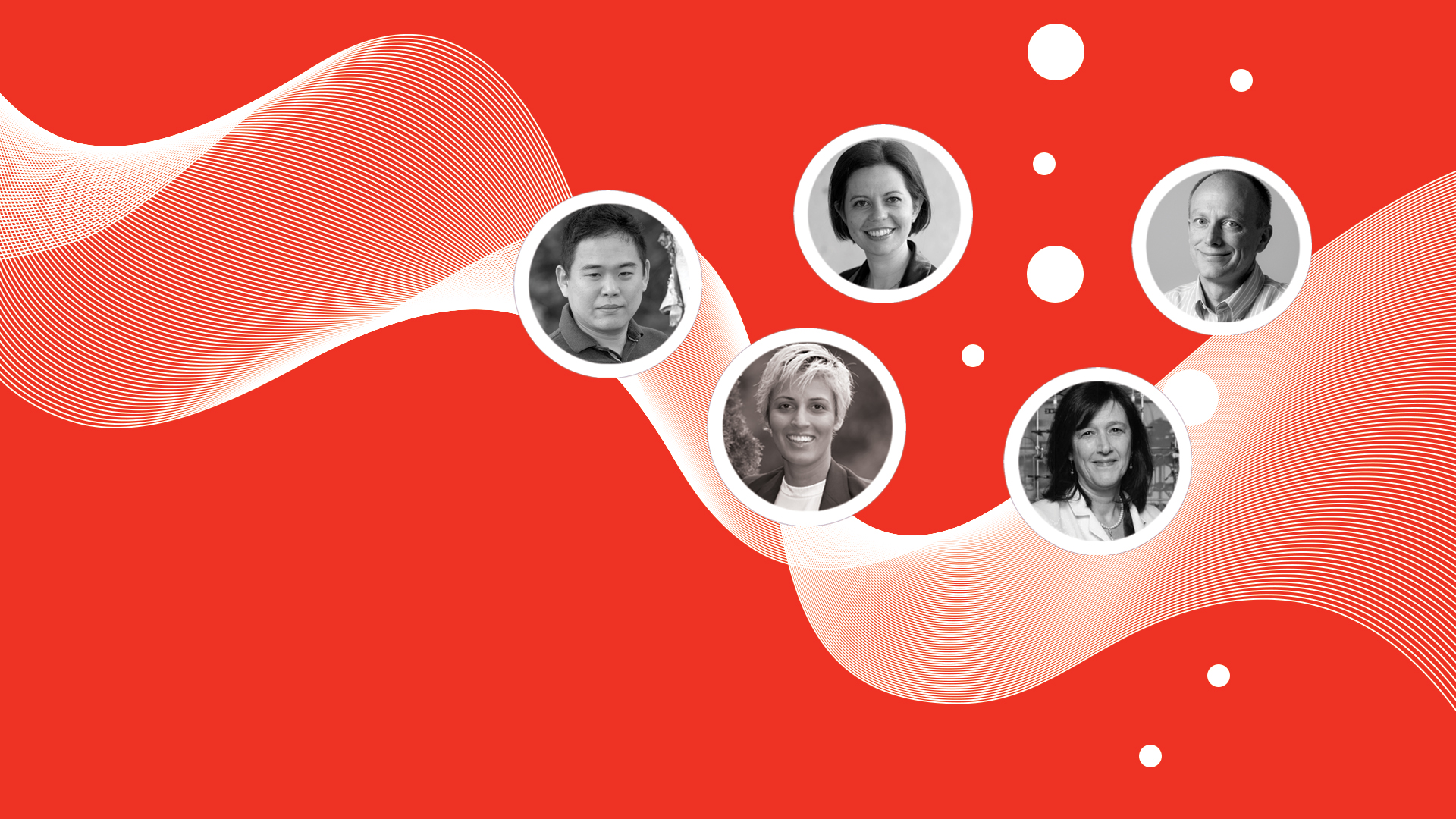By: Liz Do & Kathleen Sandusky
22 Dec, 2021

In 2021, CIFAR researchers continued to push the boundaries of science, pivoted their work to join the global fight against COVID-19, and shared their expert insights with the rest of the world on a diverse range of pressing topics.
Here are the #CIFARTop10 stories of the year, reflecting the diverse, interprofessional, and world-changing work of our research community:
1 — As the pandemic drags on, what’s the effect on global happiness? John Helliwell, former co-director for the CIFAR Social Interactions, Identity and Well-Being Program, Danilo Bzdok (Canada CIFAR AI Chair) and Alona Fyshe (Canada CIFAR AI Chair and Fellow, Learning in Machines and Brains program) are finding innovative ways to measure happiness.
CIFAR.ca, March 2021.
2 — At any time of day or night, CIFAR Azrieli Global Scholar Raffaella Margutti’s phone might ping with the gentle knock of a Slack notification: the Universe is calling. Can she get a telescope pointed in time to catch the death of a star?
CIFAR.ca, March 2021.
3 — Could the sanitation tools we’re using to curb COVID-19, even when necessary, pose a long-term threat to human health? CIFAR’s Humans & the Microbiome fellows Brett Finlay, Eran Elinav & Tamara Giles-Vernick weigh in.
The New York Times, April 2021.
4 — In the race to track biodiversity loss before it’s too late, Canada CIFAR AI Chair Graham Taylor is developing artificial intelligence (AI) to accurately identify organisms and support efforts towards conservation and protection.
CIFAR.ca, April 2021.
5 — Radioactivity could be sustaining life in Earth’s hostile deep subsurface, suggests work by members of CIFAR’s Earth 4D program, including Barbara Sherwood Lollar, John Mustard, Fumio Inagaki & Bénédicte Ménez.
The Atlantic, May 2021.
6 — CIFAR has an international reputation for asking complex, interdisciplinary questions. This year the organization launched its third Global Call, asking the biggest question of our time: What is the future of being human?
CIFAR.ca, June 2021.
7 — Prineha Narang and Alan Aspuru Guzik of CIFAR’s Bio-Inspired Solar Energy program are exploiting the noise and errors of small-scale quantum computers to simulate chemical systems and accelerate molecular discovery.
WIRED, June 2021.
8 — The CHIME Collaboration, including 9 members of our Gravity & the Extreme Universe program, announced 535 newly-detected fast radio bursts in its 1st year, quadrupling the tally and creating a sensation in the radio astronomy community.
Nature, June 2021.
9 — It was at the 2013 CIFAR DLRL Summer School that Kyunghyun Cho discovered his passion for deep learning. Since then he’s earned major awards, co-launched a journal, and created scholarships for underrepresented groups.
CIFAR.ca, July 2021.
10 — Blake Richards, CIFAR Fellow, Learning in Machines & Brains and Canada CIFAR AI Chair, has found mouse brains can engage in something like AI’s predictive learning, providing a unifying framework to explain how the brain works.
WIRED, November 2021.
Read more stories on cifar.ca/news and follow us on Twitter, Facebook and LinkedIn.